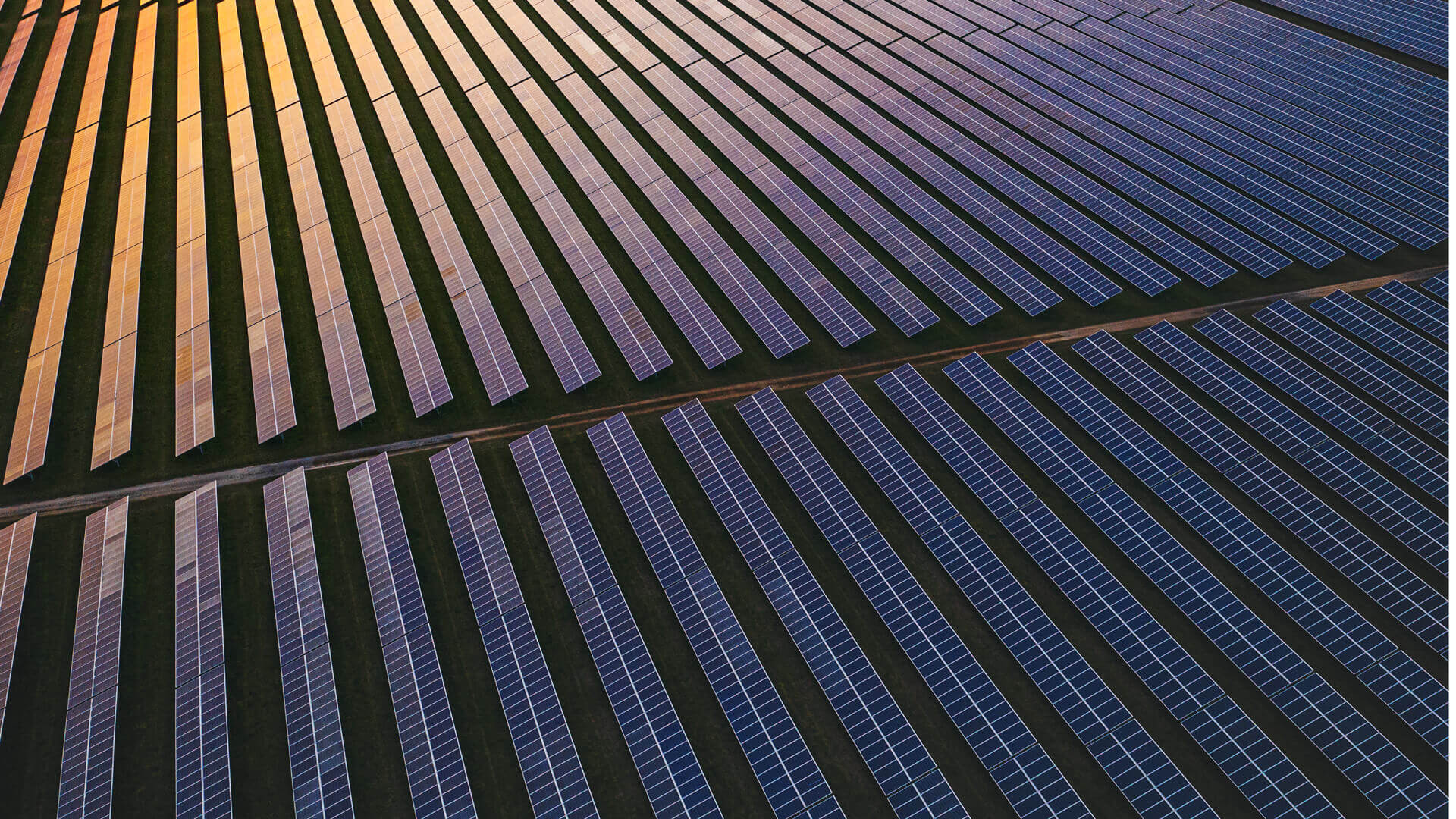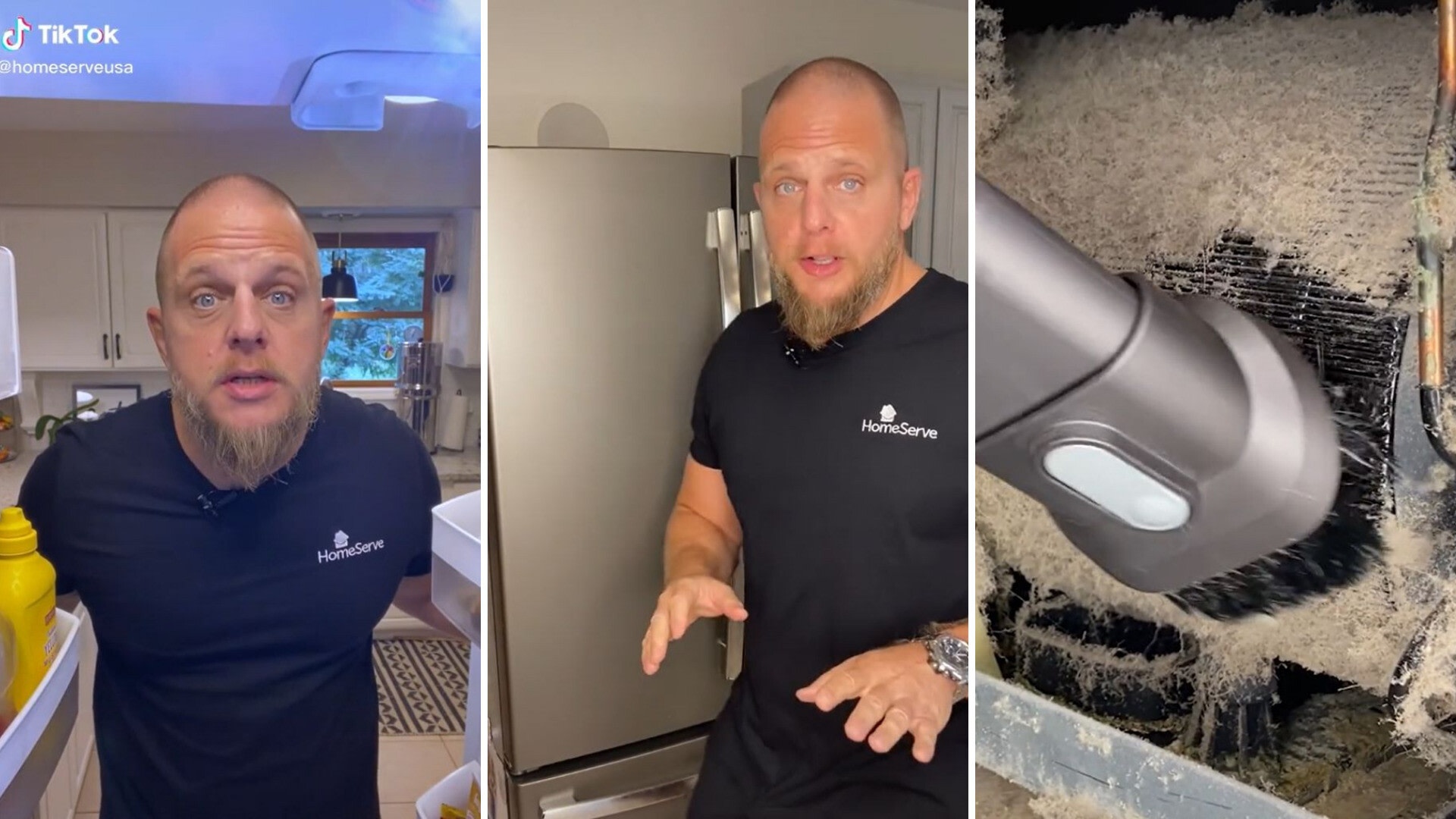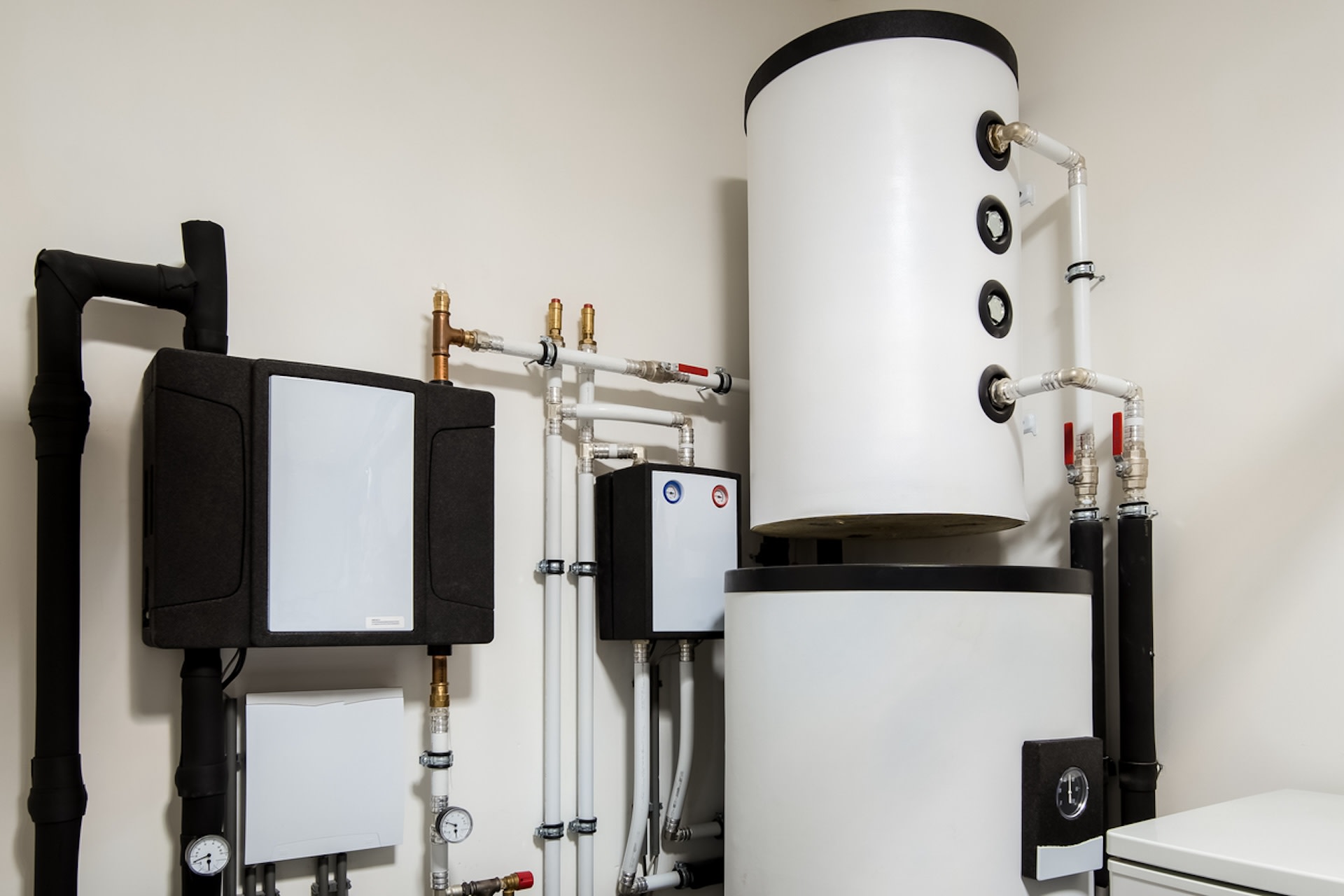As the cost of daily necessities continues to rise, finding ways to save money and make your dollar last longer can take up a lot of your time and energy. Thankfully, finding ways to save on your energy bill doesn't have to take up much of either.
With these small tips and changes, you can slash your monthly energy bill, saving money to be put to use somewhere else.
🗣️ Which of these factors would most effectively motivate you to buy a heat pump?
🔘 Lower energy bills 💰
🔘 Better temperature control 🌡️
🔘 Helping the planet 🌎
🔘 I'd never buy a heat pump 🚫
🗳️ Click your choice to see results and speak your mind
Sign up for community solar

Upfront installation costs, binding contracts with providers, and restrictive homeowners associations are among the reasons many residents are unable — or unmotivated — to install solar panels on their homes despite their growing money-saving abilities.
Community solar platforms such as Arcadia help people save money — Arcadia estimates that its customers save as much as 10% on their monthly utility bills — through solar credits without ever having to install solar panels on their roofs. Whatever the reason you can't install panels of your own, you can still save with clean energy.
Adjust your thermostat

If you have a home heating, ventilation, and air conditioning system, it's likely responsible for a large portion of your monthly energy bill.
TikToker Candace (@small.town.swag) shared an HVAC hack she says can save up to $100 a month on peak-time energy bills. She simply suggests setting the temperature on your thermostat one to two degrees higher in hot months and lower during colder months than usual during the day and turning it back to your preferred temperature at night.
Unplug your energy vampires

"Energy vampires" are home appliances that use energy when they're plugged in — even when they're not turned on — and they can suck your wallet dry.
Duke Energy estimates that electrical energy vampires, including coffee pots, TVs, and computers, may be responsible for up to 20% of a household electric bill. Unplugging these devices when not in use can save a typical household in the United States $100 to $200 a year, which adds up to a whopping national total of $19 billion.
Clean your fridge coils

Regarding kitchen appliances, the refrigerator has the biggest appetite for energy, using the most by far at 7% of total consumption in an average household.
HomeServe shows homeowners how to keep their fridges energy-efficient by cleaning the condenser coils, which it recommends doing every six months. By simply unplugging your fridge, pulling it away from the wall, and vacuuming the coils on the back or underneath it, you can keep it running on less energy and keep more money in your wallet.
Switch to a heat pump water heater

Gas and electric water heaters have found themselves in hot water, as many homeowners have discovered that they account for nearly 20% of home energy use.
On the other hand, a heat pump water heater captures heat from elsewhere and moves it into the tank to heat the water, saving the average household over $300 a year on gas or electricity. You can also take advantage of the Inflation Reduction Act, which might allow you a $2,000 tax credit and a purchase discount of $1,750 when making the switch.
Join our free newsletter for easy tips to save more, waste less, and help yourself while helping the planet.









